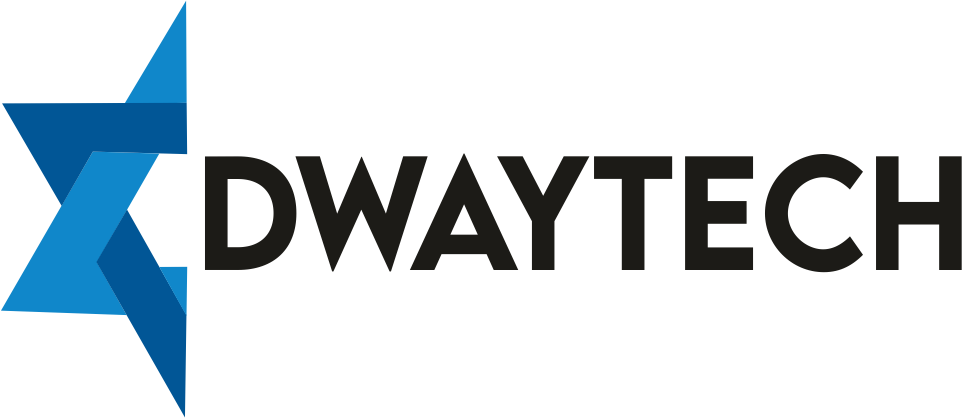Introduction
In the dynamic world of business analysis, mastering the terminology is like unlocking the key to effective communication and decision-making. As a business analyst, understanding the A to Z of relevant terms is not just a requirement; it’s a strategic advantage. So, let’s delve into the intricate world of business analyst terminology.
A is for Analysis
In the realm of business analysis, the term ‘analysis’ is not just a word; it’s a cornerstone. It involves a systematic examination of data and facts to uncover insights. Analysts use various techniques, including data analysis, process analysis, and trend analysis, to gain a comprehensive understanding of business operations.
B for Business Process
Business processes are the backbone of any organization. Understanding them is crucial for a business analyst. From defining and documenting processes to identifying areas for improvement, business analysts play a pivotal role in optimizing workflows. Models like BPMN and flowcharts are commonly used tools in this domain.
C for Stakeholder Communication
Effective communication with stakeholders is a skill every business analyst must master. Building strong relationships, active listening, and choosing the right communication channels are essential for success. Utilizing tools like stakeholder maps and communication matrices enhances the effectiveness of stakeholder interactions.
D for Data Modeling
Data modeling involves creating visual representations of data structures to facilitate a better understanding of information flow. Business analysts use entity-relationship diagrams and data flow diagrams to model the relationships between different data elements, aiding in decision-making processes.
E for Requirements Elicitation
Gathering requirements is a critical phase in business analysis. Analysts employ various techniques such as interviews, surveys, and workshops to elicit information from stakeholders. Skillful requirements elicitation ensures that the delivered solutions meet the needs and expectations of the business.
F for Feasibility Study
Before embarking on any project, business analysts conduct a feasibility study to assess its viability. This involves analyzing technical, operational, economic, and scheduling feasibility. A well-conducted feasibility study serves as a compass, guiding organizations toward successful projects.
G for Gap Analysis
Gap analysis is the process of identifying the difference between current operations and desired goals. Business analysts analyze this gap to develop strategies for improvement. It’s a crucial step in aligning business processes with organizational objectives.
H for SWOT Analysis
SWOT analysis, standing for Strengths, Weaknesses, Opportunities, and Threats, is a versatile tool in the business analyst’s arsenal. It helps in evaluating internal and external factors that may impact a project or an organization. A SWOT analysis guides strategic planning and decision-making.
I for Implementation Plan
Developing an effective implementation plan is key to turning analysis into action. Business analysts collaborate with stakeholders to create a detailed roadmap for executing proposed solutions. This involves defining tasks, timelines, and resource requirements to ensure a smooth implementation process.
J for Job Shadowing
Job shadowing is a valuable technique for business analysts to gain practical insights into different roles within an organization. By observing and interacting with employees, analysts can better understand workflows and identify opportunities for improvement.
K for Key Performance Indicators (KPIs)
Business analysts utilize KPIs to measure the performance of processes and projects. Defining and tracking KPIs provide valuable insights into the success or challenges faced by an organization. Common KPIs include financial metrics, customer satisfaction scores, and project completion rates.
L for Lean Six Sigma
Lean Six Sigma is a methodology aimed at eliminating waste and improving efficiency. Business analysts skilled in Lean Six Sigma contribute to process optimization by identifying and eliminating non-value-added activities.
M for Metrics
Metrics are measurable measurements that are used to monitor and evaluate many facets of organizational performance. Business analysts work with metrics to evaluate the success of strategies, projects, and processes. Metrics play a crucial role in data-driven decision-making.
Conclusion
Mastering the A to Z of business analyst terminology is not just about learning words; it’s about unlocking the full potential of strategic analysis and decision-making. Aspiring and seasoned analysts alike should continuously explore these concepts to stay at the forefront of their field.
FAQs
- Q: How can I become a business analyst? A: Start by gaining a solid understanding of business fundamentals, then pursue relevant certifications and practical experience through internships or projects.
- Q: What differentiates a data analyst from a business analyst? A: While both roles involve working with data, business analysts focus on improving business processes, while data analysts concentrate on interpreting and analyzing data.
- Q: Are soft skills important for a business analyst? A: Absolutely. Effective communication, problem-solving, and interpersonal skills are crucial for a business analyst to collaborate with stakeholders and drive successful outcomes.
- Q: How can I stay updated on the latest trends in business analysis? A: Join professional networks, attend conferences, and regularly read industry publications to stay informed about emerging trends and best practices.
- Q: What industries commonly employ business analysts? A: Business analysts are sought after in various industries, including finance, healthcare, technology, and manufacturing, among others.
Also, Useful Links:
Business Analyst Training Course Online Request Demo










